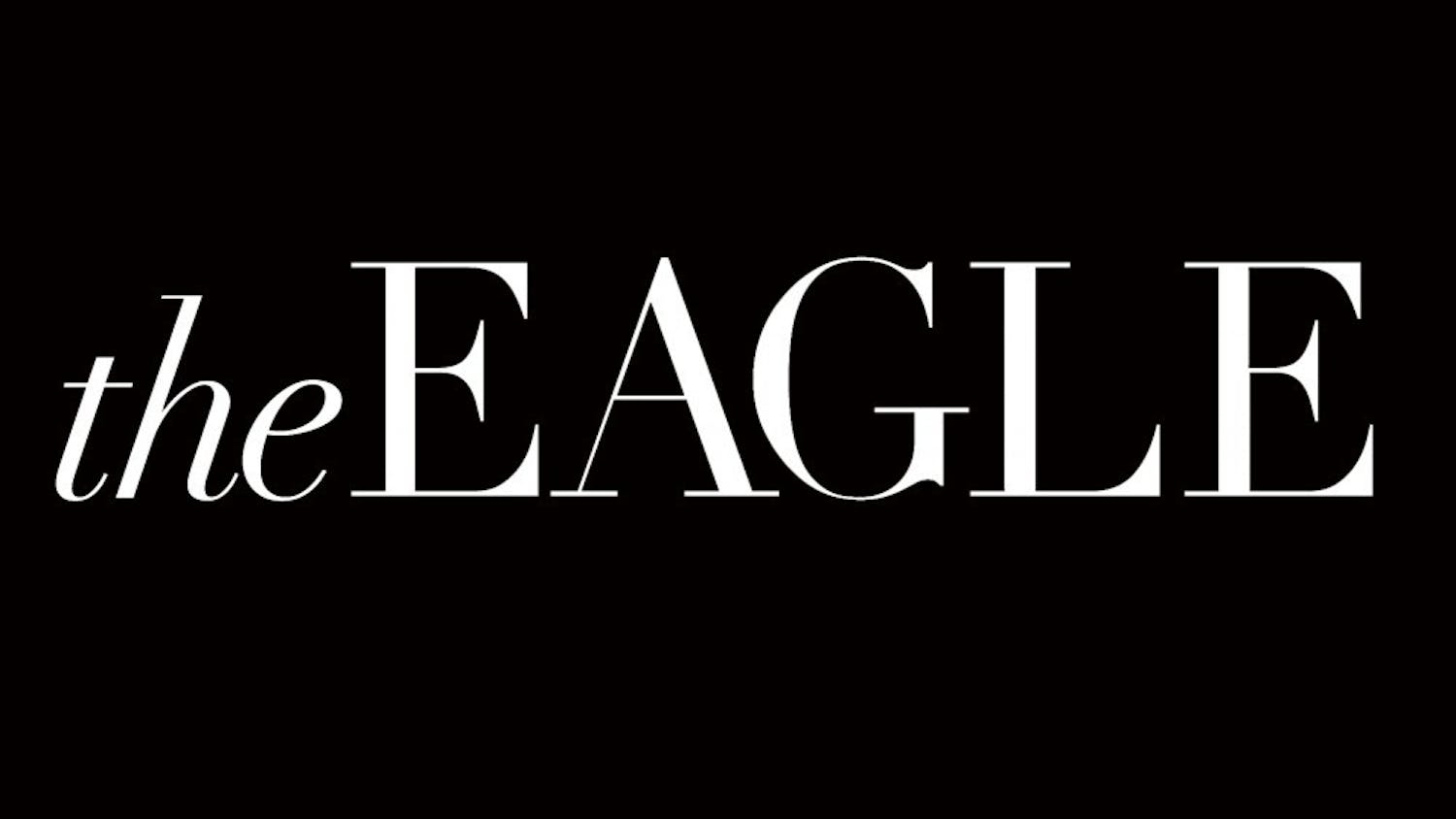When I received the Faculty Senate email reaffirming their commitment to academic freedom by condemning trigger warnings, my heart sank. The email, written by the Chair of the Faculty Senate Todd Eisenstadt, defined trigger warnings as a label for controversial material that allows students to “opt out of engaging with texts or concepts, or otherwise not participating in intellectual inquiries.”
This misunderstanding of trigger warnings was again echoed by Krista Chavez in her recent opinion column, Five reasons why AU students should reject trigger warnings and safe spaces in the classroom. In my letter, I’ll unpack Chavez’s main arguments and explain why trigger warnings are not just necessary in the classroom, but how these warnings promote academic freedom and intellectual diversity.
Chavez first asserts that trigger warnings “force professors to skip over important controversial issues that may be vital to the curriculum.” She claims that in the time professors spend learning their various students’ triggers, they could instead be focusing on creating curriculum or conducting research. While I understand that it can seem overwhelming for faculty to identify their students’ triggers, learning what might trigger others is imperative.
In this guide to trigger warnings developed by AUSG last year, one suggestion to overcome this is to “pass out a notecard or worksheet where students can disclose any triggers they have” on the first day of the semester. It may take time for professors to incorporate these triggers as warnings on their syllabi or before a discussion begins, but when these discussions ultimately happen, students who may have otherwise have been triggered are now able to take part in the conversation.
This brings me to Chavez’s next points that trigger warnings “prevent students from engaging with others who may have different views” and that they “allow students to avoid certain classwork vital to the field of study.” Here, Chavez misses the fundamental purpose of a trigger warning, which is to enable survivors of trauma to interact with triggering topics. She claims that trigger warnings shield students from controversial material, but misunderstands the difference between uncomfortable controversial topics and triggering material.
Clinical psychologist Ryan Howes points out that survivors might “feel a kind of sensitivity or hyper-vigilance around words or images that could bring that trauma to mind.” This hyper-vigilance can lead to a host of psychological responses, including panic attacks, dissociation, anxiety and flashbacks. This response is far different than merely feeling discomfort because a controversial topic is being discussed. When students do not receive a trigger warning, this psychological response may take place during class, which inhibits their learning and ability to take part in discussion. Given a trigger warning, students who may have lingering mental health concerns are able to better prepare themselves to engage with the material. Trigger warnings do not serve as an opportunity to opt out of assignments or discussions– instead, they empower survivors to participate in these assignments and discussions, therefore promoting academic freedom.
Chavez’s fourth point is that they restrict free speech, but that’s based on the misunderstanding that trigger warnings and First Amendment rights are mutually exclusive. Both Chavez and the Faculty Senate overlook this in their condemnation of trigger warnings. Trigger warnings do not seek to limit any student or professor in what they can say or assign in the classroom. Warning survivors that they’ll be facing difficult content does not equate to censorship, period.
Chavez argues in her fifth and final point that trigger warnings “eliminate the concept that all people are equal and should receive equal treatment,” asserting that trigger warnings give special treatment to those with mental health concerns. However, we provide accommodations for physical and mental health concerns of all kinds, such as allowing more time on exams or assignments and providing lecture notes– this facilitates learning for all students, regardless of the obstacles that stand in the way of their education. Professors aren’t prioritizing students who request trigger warnings, they are simply finding a way to make the classroom accessible to them so that they can also learn. Trigger warnings give them the same opportunity as the rest of their peers to participate in the conversation and contribute to the exchange of ideas and discussion in the classroom.
I am deeply troubled by the fundamental misunderstandings about trigger warnings that underlie both Chavez’s article and the Faculty Senate’s resolution. Trigger warnings do not stand in opposition to intellectual diversity or academic freedom; instead, they encourage it. Trigger warnings are crucial if our goal is to create inclusive classrooms where all voices and experiences can be heard and discussed. And if that really is our goal, we have to do better.
For more information on trigger warnings and the #LetUsLearn Student Government campaign, please click here.
Grace Arnpriester is a junior in the School of Public Affairs and the Student Government Executive Director of Health and Wellness.





